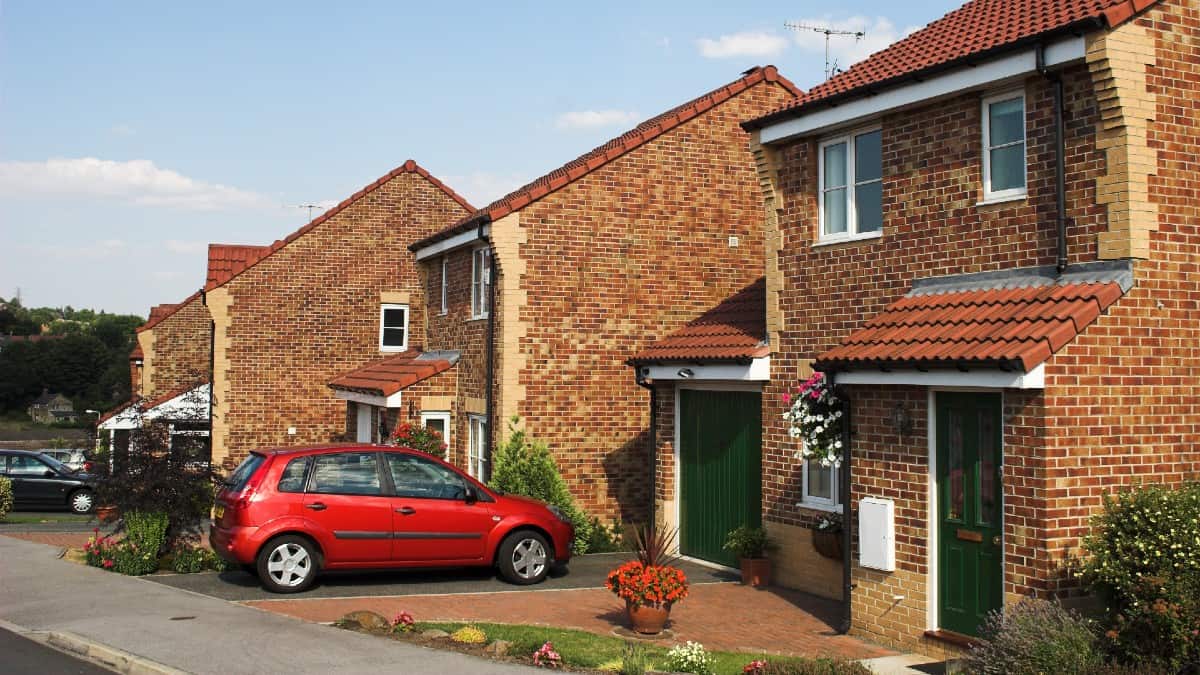Investing in property can be a great way of earning a second income. And buying shares in a real estate investment trust (REIT) is a very good way of doing this.
REITs make money by leasing property to tenants and distribute their income as dividends. One that stands out to me is The PRS REIT (LSE:PRSR), which owns a portfolio of houses in the UK.
Please note that tax treatment depends on the individual circumstances of each client and may be subject to change in future. The content in this article is provided for information purposes only. It is not intended to be, neither does it constitute, any form of tax advice.
Investment returns
First things first – a good investment needs to generate a good return. With a 6.25% dividend yield, shares in The PRS REIT certainly meet this condition.
Investors can compound this over time by reinvesting the dividends they receive to buy more shares. And doing so can generate results I think are more than acceptable.
A £10,000 investment compounding at 6.25% returns £1,078 after 10 years. This increases to £1,977 after 20 years and £3,625 after 30 years.
That depends on being able to reinvest at the same rate for 30 years, which isn’t guaranteed. But the company’s growing its portfolio and this should cause the dividend to increase over time.
Long-term prospects
An investor looking to compound dividends over a long time is going to need a business that can keep distributing cash for decades to come. And I think The PRS REIT is a strong candidate here.
Barriers to entry in the sector are low, but there are a few things that help offset the risk of competition. One is the imbalance between supply and demand in the UK housing market.
Put simply, there aren’t enough houses to go around. This means there’s a long way to go before the company’s occupancy rate – which is currently at 97% – is challenged by excess housing inventory.
Rent defaults are also unlikely. The company collected all of the rent it was due between January and March and with rent taking up an average 23% of a tenant’s gross income, I expect this to continue.
Interest rate risk
No investment’s without risk. And the biggest danger for The PRS REIT is the threat of interest rates staying higher for an extended period.
That would be bad for the company in two ways. It would make its debt more expensive to refinance and cause the market value of its properties to fall.
The risk is easy enough to understand – it’s the same challenge faced by individuals with mortgages at low rates that are expiring. But in the case of The PRS REIT, there’s at least one benefit.
Higher borrowing costs have led to fewer houses being built, making it difficult for competitors to get started. This is positive for a company looking to benefit from a housing shortage.
Passive income
Overall, The PRS REIT is a stock investors looking for a second income should consider buying. It has a good dividend yield, solid long-term prospects, and the risks are fairly easy to understand.
Rather than buying a house, renting it out to tenants and dealing with the maintenance and legal work, I’d rather buy shares in a REIT that can do it for me. It’s much less work for a decent return.







